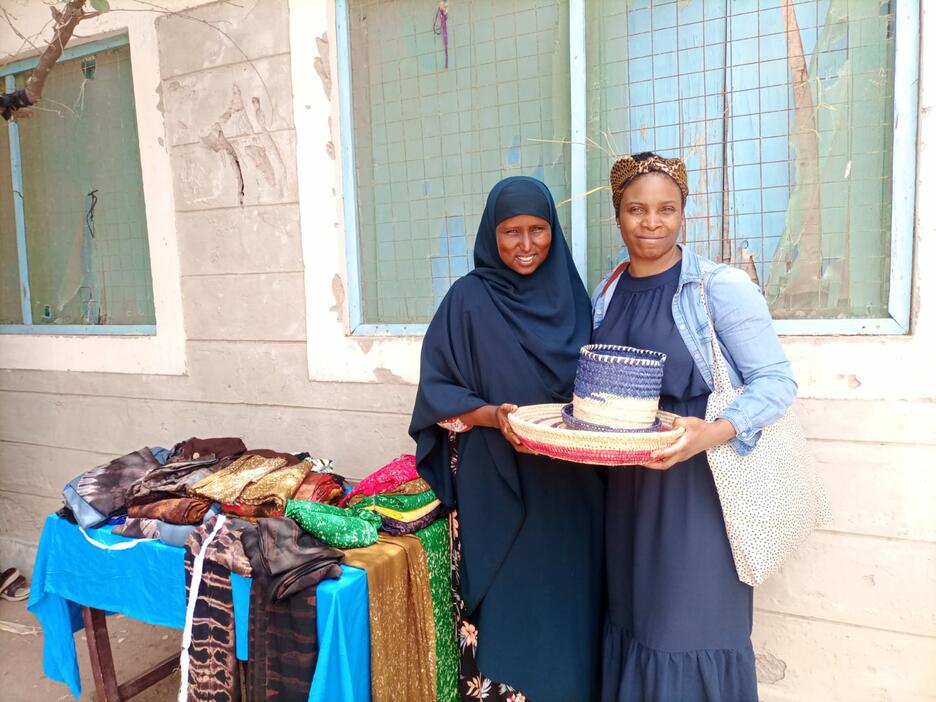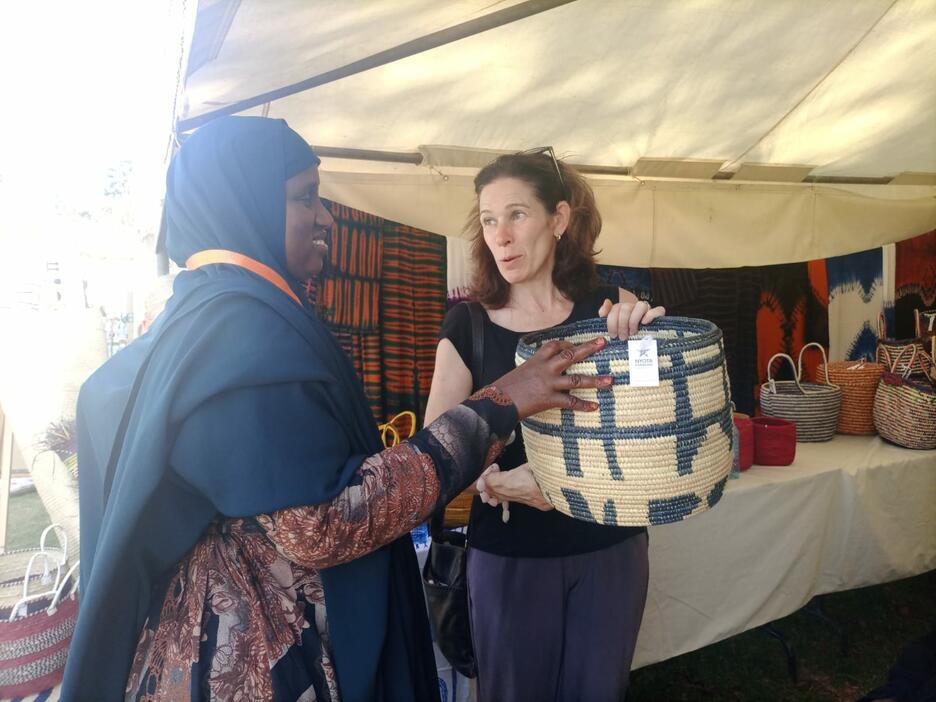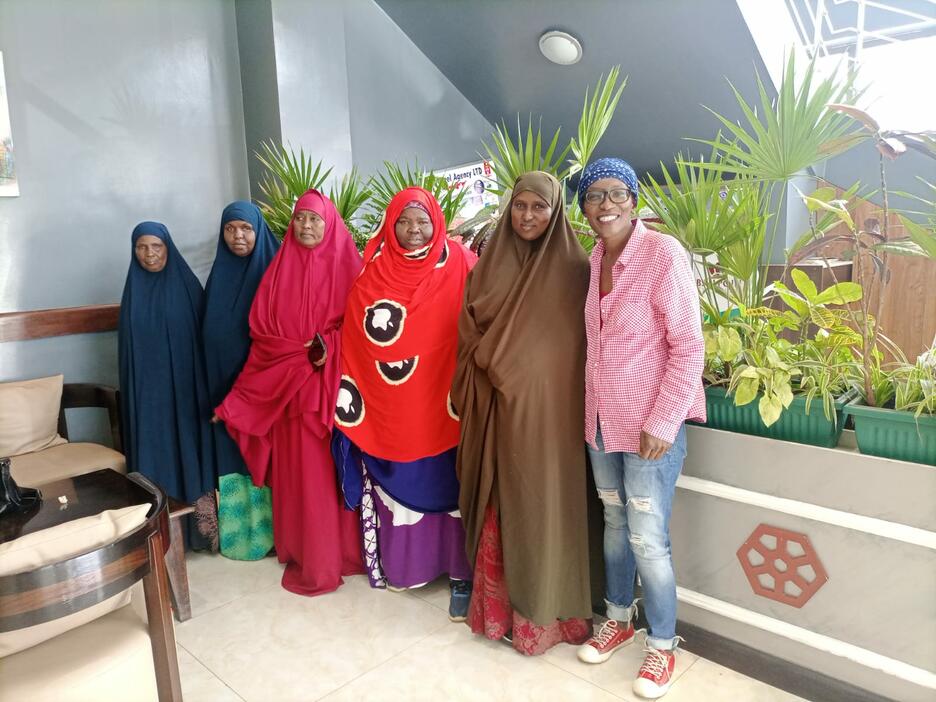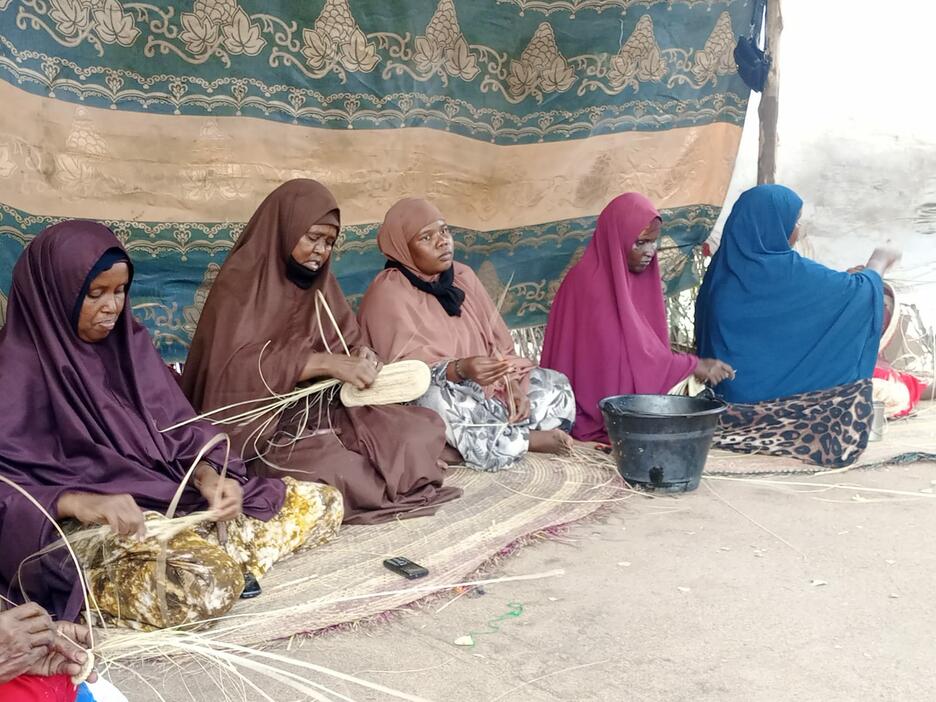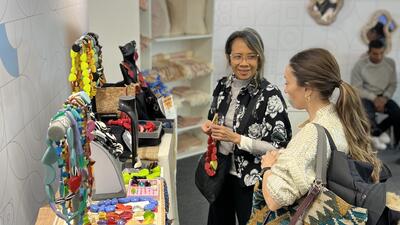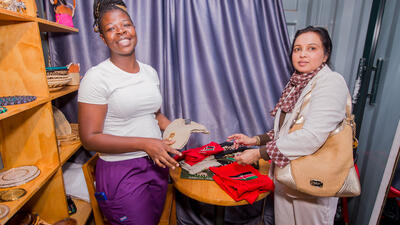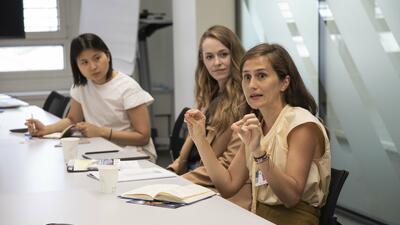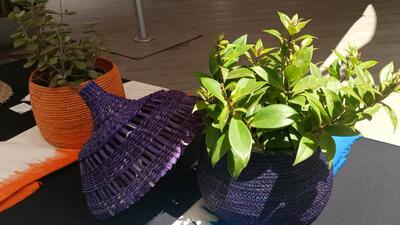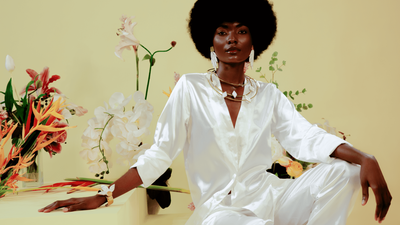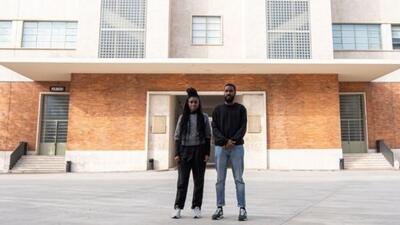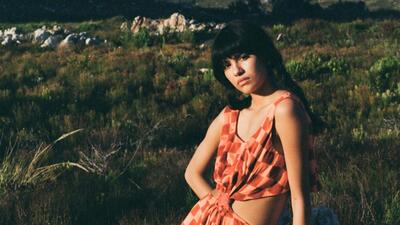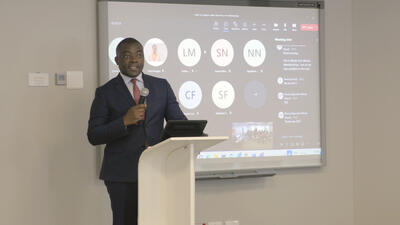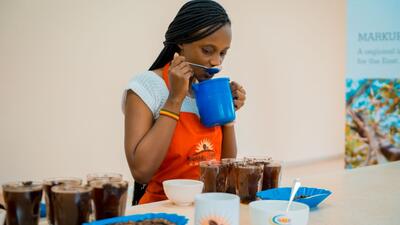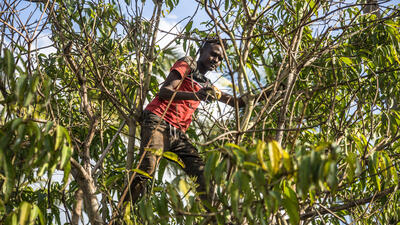
A life for refugee artisans beyond defined borders
Trade Forum talked with Athar Hajir Abdi, the chair of Nyota Farsamo, a Somali-Kenyan artisan collective from Dadaab whose refugee women produce beautifully handcrafted products for the global market.
With Dadaab being one of the world’s largest refugee camp in north-east Kenya and facing new influx in the hundred-thousand in the recent past, empowering the displaced persons it hosts is now more important than ever. And this is what the collective does: empowering women to claim their lives back for a new beginning.
The International Trade Centre together with the Norwegian Refugee Council supported our foundation in 2018, as a Self Help Group in Dadaab Camp.
ITC together with implementing partners brought us together, nurturing us as a collective to transform our skills from basic to contemporary. The Refugee Employment and Skills Initiative as well as the Area Based Livelihood Initiative – Garissa programme connected us to markets at a level at which we are now key players in the artisan sector in Kenya.
The Collective’s production gives us the visibility to be part of a community and opportunity to participate in the artisanal product value chain in Kenya and beyond. Its members get an opportunity to train and mentor other women in the camp, impacting positively on their lives as they work together to sharpen their skills and expertise.
NYOTA FARSAMO is made up of 48 women artisans and two male carpenters, and we work together to make beautifully handmade products inspired by our common Somali heritage.
NYOTA means “star” in Swahili and “FARSAMO” means “artisan” in Somali; this combination of Somali and Swahili represents the mixed cultures of the collective. With our handwork, we hope to share the beauty and story of our culture and improve our challenging situation in Dadaab.
The five self-help groups which make up the NYOTA FARSAMO collective are: Handlloom Women Group, Hawa Naf Group, Sumeya Cultural Group, Daryel Women Group and Wamo Women Group. Each group is composed of 10 artisans and were formed to cope with the challenges of Dadaab – especially those affecting women.
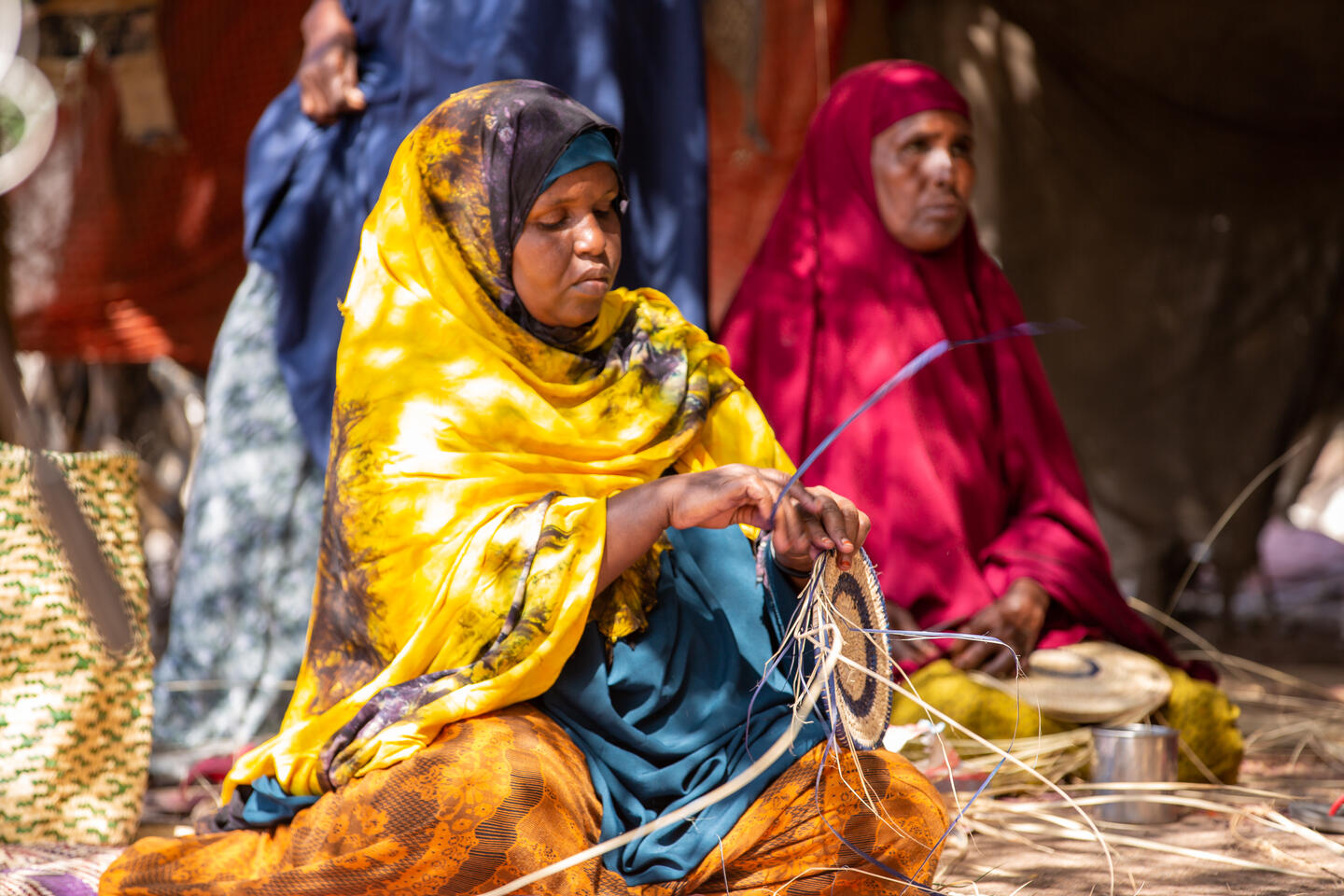
The collective allows women to learn skills in business entrepreneurship and creating products that are valued on global markets. Over the years, we have reached over one hundred women.
The collective gives the women hope, a life with dignity and the possibility to break away from the borders that were forced upon them – be it economically, socially or politically.
As a refugee you live by the day. You survive. As a woman you are confronted with challenges that go beyond human rights, for instance facing sexual abuse and being dependent on your husband. By now Dadaab has second, even third generations of displaced persons, and it is not clear for them if there is a chance to go back.
With all the emergent crises the world is facing these days, funding has been reduced, which makes it even harder to fight this intricate cobweb of housing, health and discrimination challenges.
The collective has a huge impact. It helps the women economically, so they can feel a little freedom. They can feed their children, give them education. Our collective also stands for support and belonging in a home away from home. With a little money in their pockets, women are empowered to leave abusive relationships, or buy basic needs such as water, food and clothes – so the economic effect trickles down to leading a dignified life as a human being.

First, we want to continue to expand our market networks by reaching out and seeking collaboration. Currently we are working towards becoming part of UNHCR’s Made51 initiative, the UN Refugee Agency.
Made51 will provide the needed market linkages, which is a stable pillar of support for our collective. They buy our products and then sell them under the Made51 flagship.
Second, we are planning to open market outlets in Dadaab, Garissa and Nairobi.
And finally, we would like to improve the quality and fashion of the products and making them more environmentally friendly.
I hope that our Nyota Farsamo Collective will continue to positively impact the larger community within the Dadaab Camp and be a good example of how working together in a community creates growth.
FACTS ABOUT DADAAB TODAY
Dadaab is one of the world’s largest refugee camps located in north-east Kenya, counting in February of this year over 320,000 refugees. The camp was established following the 1991 civil war in Somalia. Being now over 30 years old, the camp hosts first, second and third generation Somali refugees across four different camps, while being home to local Kenyans living in Dadaab town.
The Horn of Africa region including Ethiopia, Somalia and Kenya is facing the longest and most severe drought in 40 years. The unprecedented failure of five consecutive rainy seasons is pushing millions of people towards famine.
The refugees who arrive in Dadaab “are the victims of this mix of toxic elements: climate change, conflict, and displacement,” according to UNHCR’s Head of Global Communications, “suffering because of things entirely out of their control”.
Source: UNHCR




